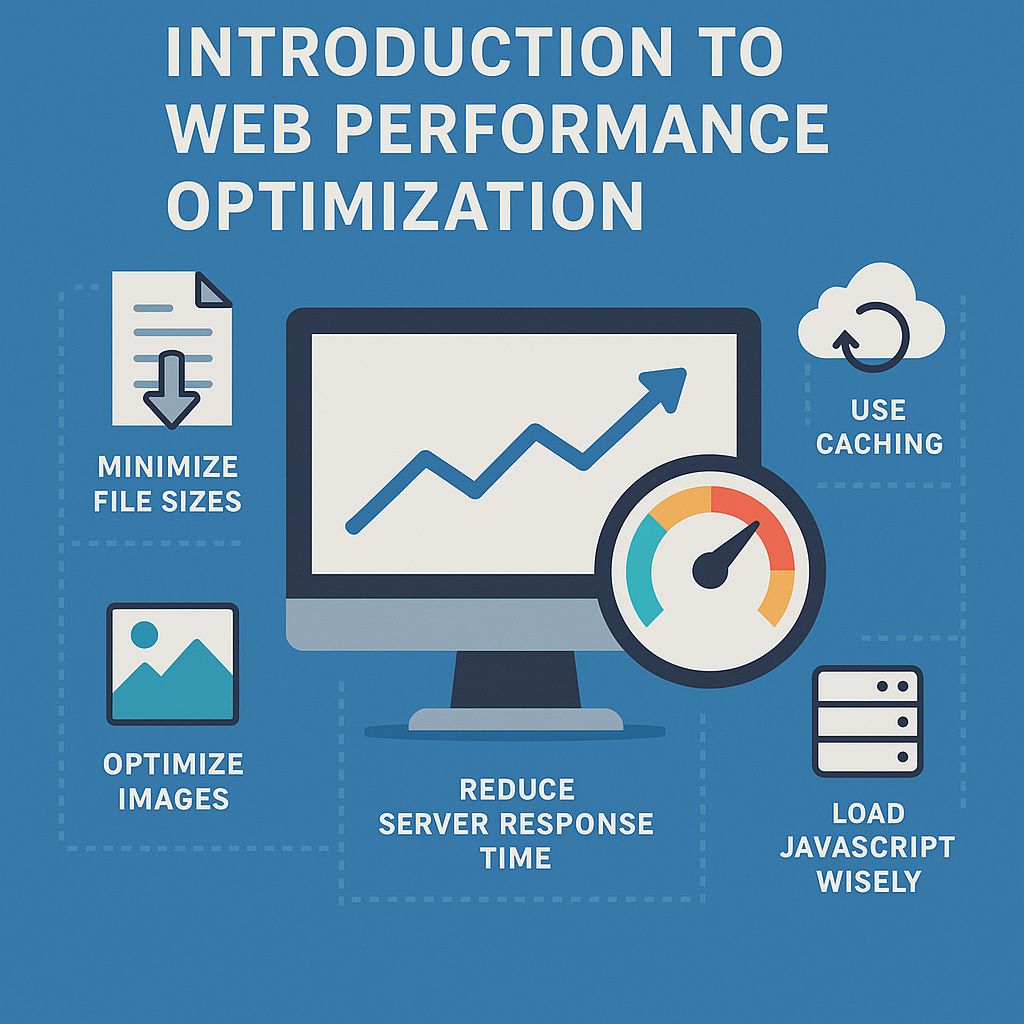In today’s fast-paced digital world, speed matters. Whether you’re running a small blog or a massive e-commerce platform, your website’s performance can make or break the user experience. That’s where Web Performance Optimization (WPO) comes in — the process of making websites faster, more efficient, and more user-friendly.
Why Web Performance Matters
• First Impressions Count: Studies show that users expect a website to load in 3 seconds or less. A slow site often means lost visitors.
• Better SEO: Search engines like Google consider page speed as a ranking factor. Faster websites appear higher in search results.
• Higher Conversions: Faster websites lead to better engagement, more sales, and happier users.
Key Areas of Web Performance Optimization
- Minimize File Sizes: Reduce the size of HTML, CSS, JavaScript, and images using compression and minification. Smaller files load faster.
- Optimize Images: Images often take up the most bandwidth. Use modern formats like WebP and make sure images are properly sized and compressed.
- Use Caching: Caching allows browsers to store static files so they don’t have to be downloaded again on repeat visits.
- Reduce Server Response Time: A slow server means slow website performance. Optimize your backend code, database, and use a reliable hosting provider.
- Load JavaScript Wisely: Too much JavaScript can slow down your site. Defer non-essential scripts so they don’t block the page from rendering.
Simple Tools to Get You Started
• Google PageSpeed Insights: Quick performance analysis with suggestions.
• Lighthouse (Chrome DevTools): Comprehensive performance audits.
• GTmetrix: Detailed website speed reports.
In Conclusion, Web Performance Optimization isn’t just for large tech companies — it’s essential for every website. A faster, smoother website leads to better user experience, improved SEO, and higher conversion rates. Even small improvements can have a big impact.





